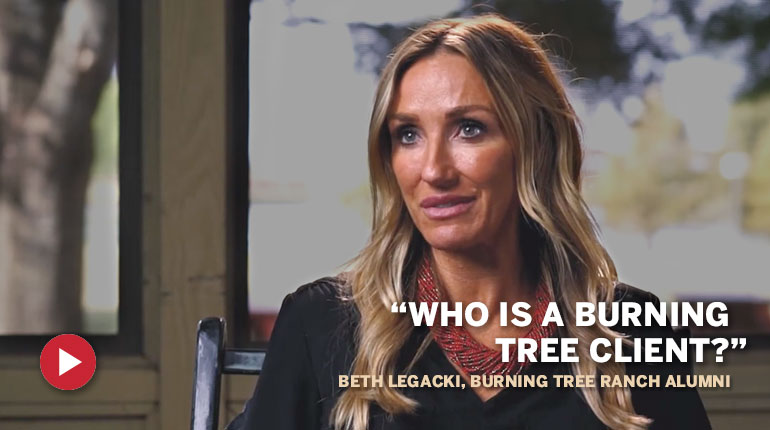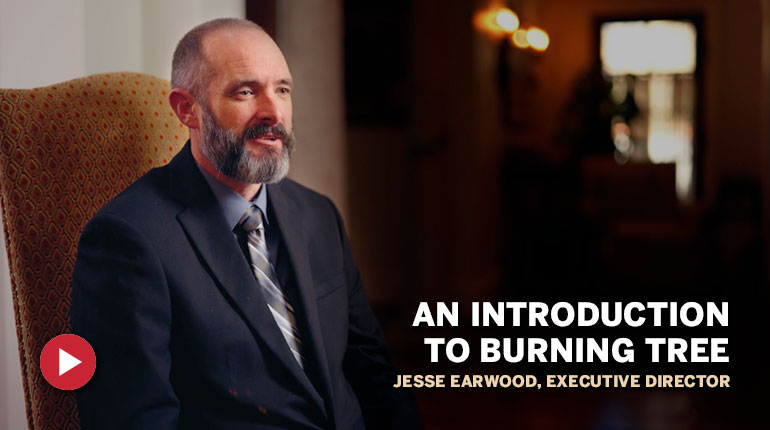Recognizing Relapse with an Opioid Addiction
Table of Contents
Opioid Relapse: Understanding Relapse Rates and Effective Prevention Strategies
Opioid addiction is a widespread and growing problem that poses significant public health risks. It’s a crisis that has been tearing families apart, overwhelming healthcare systems, and straining community resources across the globe.
The issue becomes even more daunting when we consider the rates of opioid relapse. Opioid relapse rates are alarmingly high, with studies indicating that many individuals who undergo treatment for opioid addiction will eventually experience a relapse. These statistics underscore the relentless grip of opioid addiction and highlight the complex challenges involved in sustaining recovery.
Understanding opioid relapse and its prevention is critical in combating this crisis. An effective relapse prevention strategy can mean the difference between continuous struggle and the path to recovery. It’s about equipping individuals with the right tools, resources, and support to manage and cope with stress, and build a fulfilling, substance-free life. This is why opioid relapse prevention is a significant focus in our battle against the opioid crisis.
Opioid Relapse Rates: A Closer Look
A closer examination of opioid relapse rates reveals a troubling landscape. National statistics indicate that relapse among individuals with opioid use disorder is as high as 40% to 60% within one year of treatment. These figures highlight the persistent nature of opioid addiction and the significant challenges those seeking to overcome it face.
However, opioid relapse rates do not impact all populations equally. Demographic differences play a crucial role. Factors such as gender, age, race, and socioeconomic status can influence relapse rates. For example, younger individuals, males, and those of lower socioeconomic status have been found to be at a higher risk of relapse. This underscores the need for targeted interventions that take into account these demographic differences.
Several factors influence relapse rates among individuals with opioid use disorder. Biological factors, such as genetic predisposition and changes in brain function due to prolonged opioid use, play a critical role. Psychological aspects, such as the presence of concurrent mental health issues, can heighten the likelihood of experiencing a relapse. Additionally, social and environmental elements, including an absence of supportive networks or being exposed to cues related to drug use, can serve as warning signs for an impending relapse event.
Understanding these factors is essential for devising effective strategies to reduce opioid relapse rates. The more we know about the intricate nature of opioid relapse, the better equipped we will be to help those struggling with opioid use disorder on their journey to recovery.
Opioid Relapse Risk Factors
A combination of psychological, biological, and social factors often influences opioid relapse. Understanding these can be essential in creating targeted and effective prevention strategies.
Biological Factors
Biological factors involve the physical and genetic characteristics that make an individual more susceptible to opioid relapse. For instance, genetic predisposition plays a significant role in addiction vulnerability and subsequent relapse. Moreover, prolonged opioid use can change the brain’s structure and function, making it more difficult for an individual to stop using the drug and increasing the risk of relapse.
Psychological Factors
Psychological factors refer to an individual’s mental and emotional state and how these contribute to the risk of relapse. Individuals with opioid use disorder frequently experience co-existing mental health conditions, which can substantially heighten the likelihood of a relapse. Additionally, poor self-efficacy (belief in one’s ability to achieve goals) and certain personality traits, like impulsivity and negativity, can also raise the likelihood of relapse.
Social Factors
Social factors encompass the external influences that can affect an individual’s risk of relapse. These include the individual’s environment and the people around them. For example, living in an environment where drug use is prevalent or being around individuals who use drugs can preface a relapse event. Lack of a supportive social network can also increase feelings of isolation and stress, contributing to the risk of relapse. Moreover, socioeconomic status can influence the risk of relapse, with individuals from lower socioeconomic backgrounds often facing more barriers to recovery.
A comprehensive approach to opioid relapse prevention should address all these factors. By understanding and addressing these risk factors, we can enhance the effectiveness of prevention strategies and provide more holistic support to individuals struggling with opioid addiction.
Evidence-based Opioid Relapse Prevention Strategies
To combat the high rates of opioid relapse, a combination of evidence-based strategies has proven effective. These include medication-assisted treatment (MAT), behavioral therapies, and participation in support groups and peer support networks.
Medication-Assisted Treatment (MAT)
Medication-Assisted Treatment (MAT) is a holistic method designed to meet the unique needs of individuals grappling with opioid use disorder. It merges the administration of specific medications like methadone, buprenorphine, and naltrexone with counseling and behavioral therapies to form a comprehensive treatment strategy. The prescribed medications help alleviate cravings and withdrawal symptoms, thereby reducing the probability of relapse. Evidence shows that MAT enhances patient survival rates, improves adherence to treatment, lessens illegal opioid usage, and minimizes the risk of transmission of infectious diseases.
Behavioral Therapies
Behavioral therapies are a crucial component of opioid relapse prevention strategies. For example, cognitive-behavioral therapy (CBT) helps individuals recognize and change thought patterns that lead to harmful behaviors, including drug use. Dialectical behavior therapy (DBT) can teach coping skills to manage stress and reduce cravings. Motivational interviewing (MI) can help to bolster motivation for change and adherence to treatment plans. These therapies can equip individuals with the skills necessary to handle situations or feelings that are typically involved in the pattern of relapse for the individual.
Support Groups and Peer Support
Support groups and peer support networks significantly influence opioid relapse prevention. Groups like Narcotics Anonymous (NA) provide a supportive environment where individuals can share experiences, gain insights, and receive encouragement from others who are facing similar challenges. On the other hand, peer support involves support from individuals who have lived experience with opioid addiction and recovery.
Keep in mind that relapse prevention must be customized to suit each individual’s specific needs, as what may be effective for one person could be ineffective for another. As a result, employing a combination of these strategies frequently proves to be the most successful approach in averting opioid relapse.
Creating a Comprehensive Relapse Prevention Plan
Designing an effective relapse prevention plan is critical to opioid addiction recovery. This plan should be personalized and flexible, adapting to the changing needs of the individual. Here are some key elements that a comprehensive relapse prevention plan should include:
Identifying Warning Signs and High-risk Situations
The first step in preventing opioid relapse is recognizing the warning signs and high-risk situations that can lead to drug use. These warning signs can be emotional (stress, anger, loneliness), environmental (places or people associated with past use), or physical (withdrawal symptoms, exposure to the drug). Identifying these patterns can help individuals anticipate challenges and develop strategies manage them effectively.
Developing Healthy Coping Mechanisms
Healthy coping mechanisms are essential to dealing with stressors without resorting to drug use. These can include physical activities like exercise or yoga, mindfulness practices like meditation, and creative outlets like art or writing. Cognitive-behavioral techniques can also be used to challenge negative thought patterns and build resilience. These skills should be practiced regularly so they are readily available when faced with a high-risk situation.
Building a Strong Support Network
A robust support network is a cornerstone of successful relapse prevention. This network could include family members, friends, therapists, and peers in recovery. These individuals can provide emotional support, accountability, and practical help when facing potential relapse. Joining support groups or participating in peer support programs can also offer camaraderie and understanding from others who are going through similar experiences.
A comprehensive relapse prevention plan incorporates these elements into a cohesive strategy tailored to individual needs. This strategy should be regularly reviewed and adjusted as necessary, ensuring it remains effective and relevant throughout the recovery journey. Remember, a relapse prevention plan is not a guarantee against relapse but a tool to reduce its likelihood and mitigate its impact should it occur.
The Importance of Aftercare in Opioid Relapse Prevention
Aftercare is a vital component of the recovery journey and plays a pivotal role in preventing opioid relapse. Aftercare refers to the ongoing support and services provided to individuals after they complete a structured treatment program. This continued care helps maintain the gains made during treatment, fosters long-term recovery, and significantly reduces the risk of relapse.
Types of Aftercare Services
Aftercare services come in various forms, each designed to meet the needs of individuals in opioid recovery. These may include:
Outpatient counseling or therapy: This can be individual, group, or family therapy, all aimed at helping individuals navigate their lives post-treatment and cope with potential stressors and temptations.
Medication-assisted treatment (MAT): For those with opioid addiction, continued use of medications like methadone, buprenorphine, or naltrexone can help manage cravings and withdrawal symptoms.
Support groups: Organizations such as Narcotics Anonymous (NA) foster a community of individuals who can relate to the difficulties of recovery and extend reciprocal support to one another.
Sober living homes: These are drug-free living environments for individuals in recovery, providing a supportive space to transition back into everyday life.
Tailoring Aftercare to Individual Needs
Every individual’s journey to recovery is unique, and so their aftercare plan should be as well. Tailoring aftercare to meet individual needs is crucial. This involves considering various factors, including the individual’s treatment history, the severity and duration of their addiction, physical and mental health status, and personal, family, and employment circumstances.
Long-Term Strategies for Maintaining Sobriety
Aftercare is a long-term commitment that requires continuous effort. Strategies for maintaining sobriety, in the long run, can include ongoing participation in support groups, regular check-ins with a therapist or counselor, engagement in healthy lifestyle practices (like regular exercise, a balanced diet, and adequate sleep), and the development of a strong, supportive social network.
Treating Opioid Addiction at Burning Tree Ranch
At Burning Tree Ranch, we believe in offering comprehensive, long-term care to individuals grappling with opioid addiction. Our unique approach addresses the complexity of addiction, providing each client with a tailored plan and the necessary tools to overcome this debilitating disorder. We emphasize the critical role of relapse prevention and create a supportive therapeutic community where individuals can learn from and support one another.
Moreover, we ensure that our client’s journey toward recovery doesn’t end when they leave our premises. Through our robust aftercare program, we provide ongoing support, guiding our clients as they transition back into daily life and strive for lasting sobriety.
At Burning Tree Ranch, our mission goes beyond assisting individuals in overcoming the grip of opioid addiction. We strive to create a pathway toward a meaningful, substance-free future, allowing individuals to reclaim their lives and embrace a fulfilling existence.




